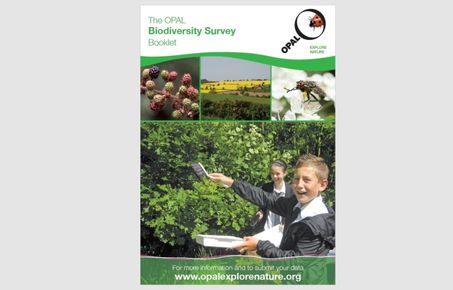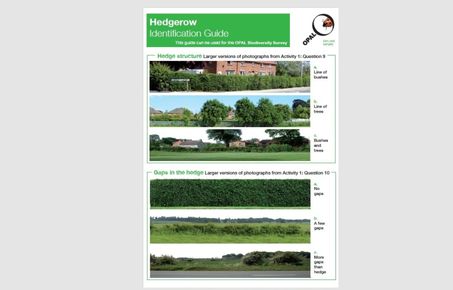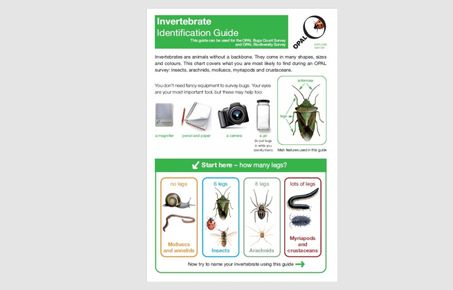Biodiversity Survey
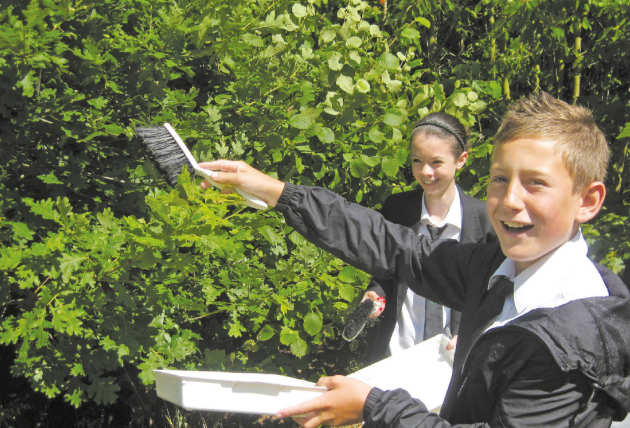 Hedges are a familiar feature in both urban and rural environments across the UK but they are often under-appreciated in terms of the benefits they provide. They are an important habitat for wildlife and can act as corridors through the wider landscape, they help to prevent soil erosion, and they regulate water supply and provide protection from flooding. Despite their high ecological value the overall abundance of hedges across the UK has decreased over the last 70 years. Most research focuses on rural hedges, with comparatively little known about hedges in urban areas, or how hedges from these two environments compare. In 2010, OPAL launched the Biodiversity Survey to help address this knowledge gap and to educate the public on the importance of hedge habitat for wildlife.
Hedges are a familiar feature in both urban and rural environments across the UK but they are often under-appreciated in terms of the benefits they provide. They are an important habitat for wildlife and can act as corridors through the wider landscape, they help to prevent soil erosion, and they regulate water supply and provide protection from flooding. Despite their high ecological value the overall abundance of hedges across the UK has decreased over the last 70 years. Most research focuses on rural hedges, with comparatively little known about hedges in urban areas, or how hedges from these two environments compare. In 2010, OPAL launched the Biodiversity Survey to help address this knowledge gap and to educate the public on the importance of hedge habitat for wildlife.
The survey was undertaken through four activities:
- Describing the hedge’s features andcomponents (e.g. location, hedgestructure, shape, length, etc.)
- Estimating the abundance of food sources present in the hedge (i.e. the types of trees and the berries, nuts and flowers they produce
- Recording the invertebrates found in the hedge
- Noting any evidence of animals living in the hedge
Survey Resources
Welsh Language Versions
Survey results
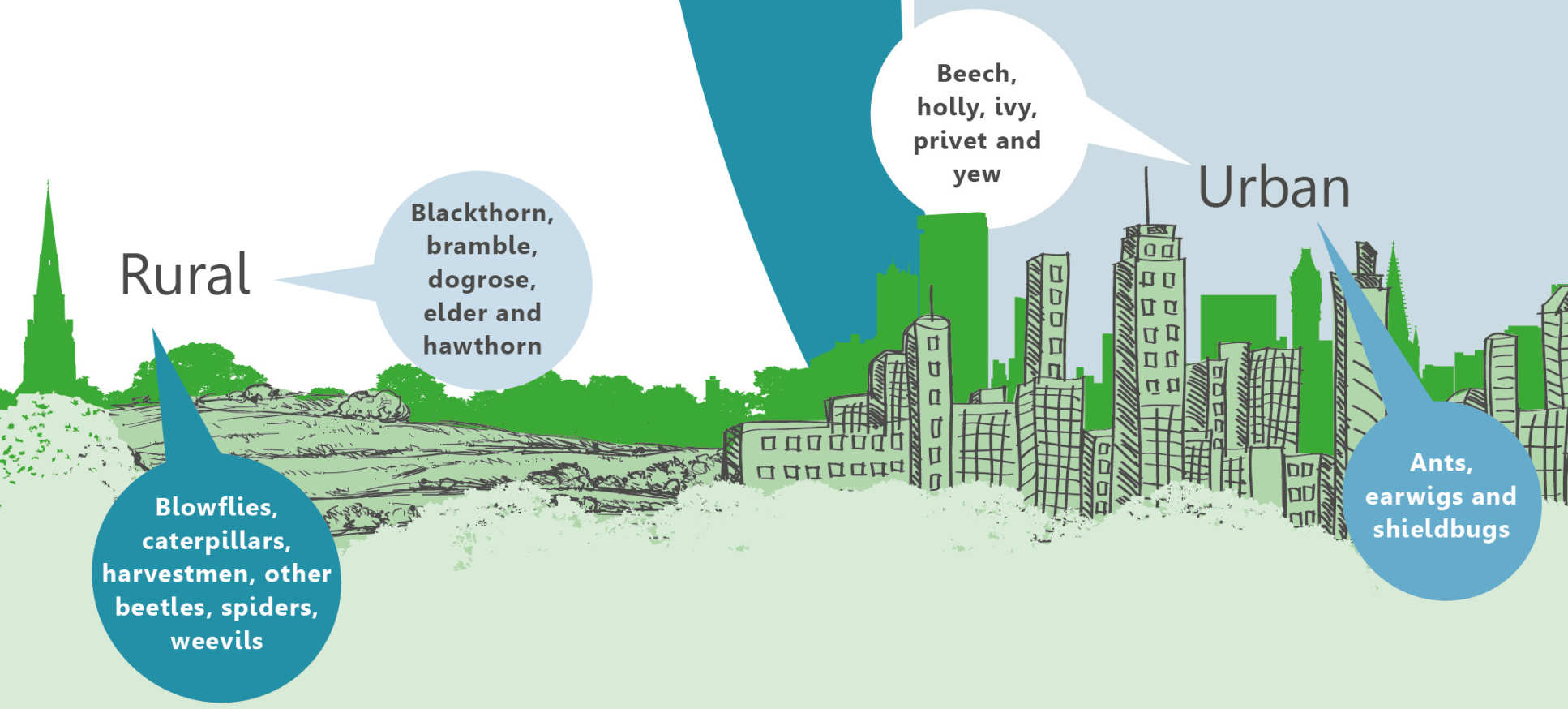
As illustrated in Figure 1, the analyses conducted by Gosling et al. (2016) of over 2,800 Biodiversity survey results (data collected in England between September 2010 and August 2012) showed that hedges in rural and urban areas differ significantly in terms of tree and shrub species composition, and that certain groups of invertebrates are more common in either urban or rural environments. Furthermore, the presence of hard surfaces (such as roads) adjacent to hedges was associated with lower food availability for wildlife and lower invertebrate species diversity (Gosling et al., 2016).
Academic papers
- Gosling L., Sparks, T.H., Araya, Y., Harvey, M. and Ansine, J. (2016) Differences between urban and rural hedges in England revealed by a citizen science project. BMC Ecology, 16(1): 15.



